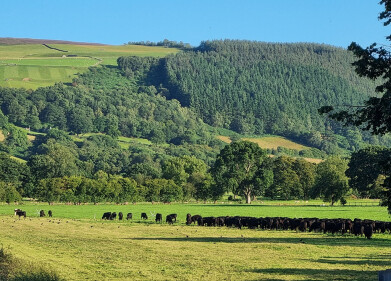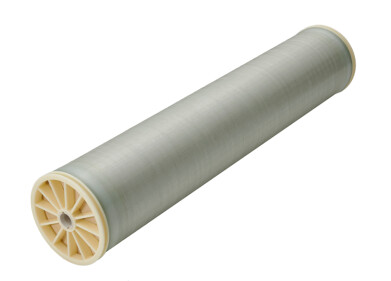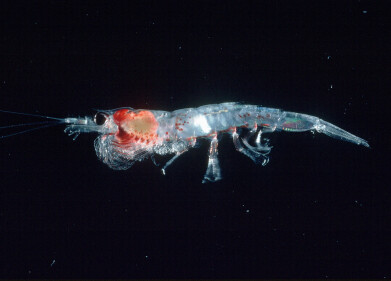-
 Stormwater Management’s D-Rainclean sets new performance level for removal of surface water pollutants from highways and car parks
Stormwater Management’s D-Rainclean sets new performance level for removal of surface water pollutants from highways and car parks
Water/Wastewater
Highway Run-Off Treatment Moves Streets Ahead
Apr 28 2015
The unique filter medium within Stormwater Management’s (UK) new D-Rainclean bio-remediation infiltration channel has achieved class-leading performance for the removal of pollutants from contaminated surface water run-off generated by heavily trafficked highways and car parks. In independent tests carried out under stringent DIBt standards for soil and groundwater protection, the D-Rainclean system was shown to have performed to the discharge quality requirements of the Water Framework Directive, giving the porous channel’s medium an expected operational life of between 15 and 20 years.
“The test results have been particularly welcomed by the regulators as treatment and infiltration at source is the most desirable and cost-effective method for processing polluted run-off as part of a sustainable drainage solution,” says Neill Robinson-Welsh, Technical Sales Manager at Stormwater Management Ltd. “D-Rainclean can eliminate the need for stormwater attenuation and complex downstream treatment. The result is a virtually maintenance-free, cost-effective installation that gives assured cleaning performance for up to two decades.”
Manufactured from robust polypropylene, each D-Rainclean channel section is 500mm long and fitted with a 300mm wide cast iron inlet grating rated to either Load Class B125 for light traffic areas or D400 for heavy goods vehicle applications. Each section is filled with the unique bio-remediation media that cleans surface water as it passes through the ?lter layers, degrading and diffusing hydrocarbons and dissolved heavy metals like copper and zinc. Having passed through the cleaning media, surface water is returned to ground through eight 100mm diameter holes in the base of the channel.
“Many contaminants attach themselves to sediment particles. The smaller the particle, the higher its concentration,” explains Neil Robinson Welsh. “The media in D-Rainclean retains these sediments by depth filtration, ensuring they are retained in the upper 5-10cm. This significantly reduces the risk of surface clogging and ponding, particularly in extreme events, something which some surface filtration systems such as permeable paving are prone to.”
Within each channel section an internal baffle wall set at the midpoint allows the system to be laid level or to a fall. Bulkheads at each end ensure dimensional stability and, critically, limit pollution spillages to a confined section of the system.
Simple and easy to lay with no special tooling required, the D-Rainclean system is available with a full range of accessories including end sections and emergency overflow units that allow 110mm socket connections at 90 degrees to the installed channel run.
Events
Carrefour des Gestions Locales de L'eau
Jan 22 2025 Rennes, France
Jan 29 2025 Tokyo, Japan
Feb 05 2025 Nantes, France
Feb 16 2025 Kampala, Uganda
Feb 26 2025 Chennai, India



-as-feedstock.jpg)





